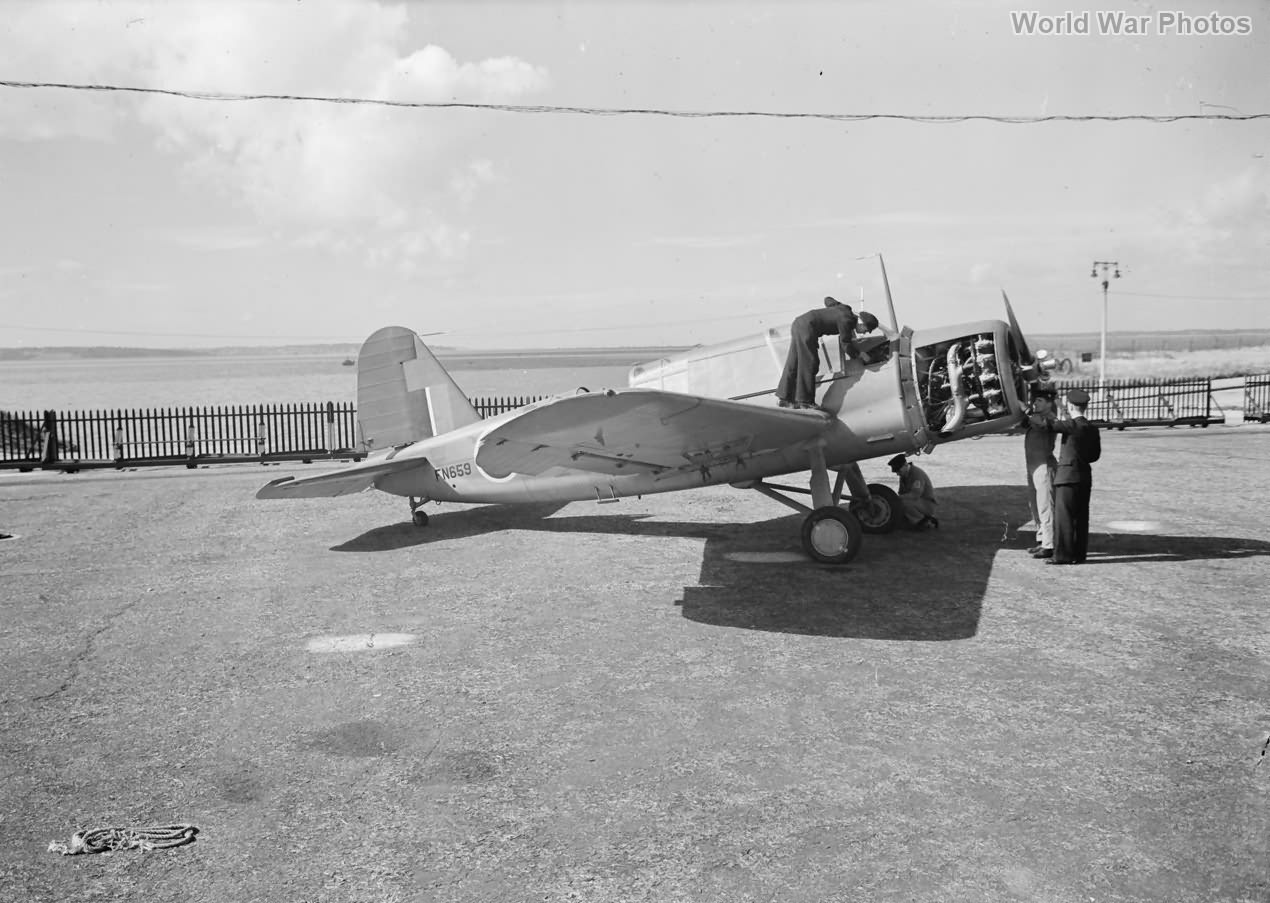Pratt & Whitney R-985 Wasp Jr. was a smaller variant of the R-1340, sharing many design characteristics with its larger counterpart. It featured nine air-cooled cylinders, each with a bore and stroke of 5.1875 inches. The engine was housed in a two-piece forged aluminum crankcase that supported the crankshaft with two roller bearings and a ball thrust bearing at the nose to handle propeller thrust loads. Later models of the R-985 incorporated a one-piece master rod with a silver-lead plain bearing, a design improvement inspired by Frank Hobbs’ research on master rod bearing failures in the R-1535.
The engine was equipped with a single-speed blower operating at a 10:1 crank speed, which delivered air to the cylinders through nine individual intake pipes via a Bendix updraft carburetor. While production R-985 engines featured direct drive, several experimental versions included reduction gearing.
By World War II, the R-985 was predominantly available in the AN-1 and AN-3 configurations, both rated at 450 horsepower at 2300 rpm and 36.5 inches of mercury manifold pressure.
The R-985, similar to the R-1340, was widely used for secondary roles such as training, liaison, and executive transport.
